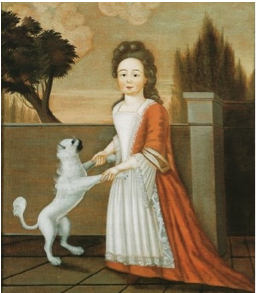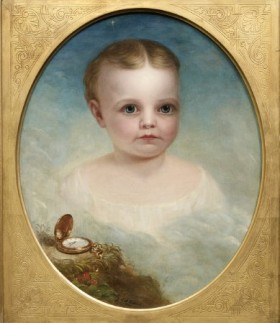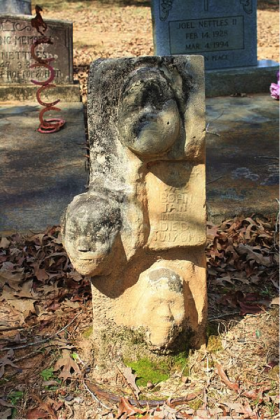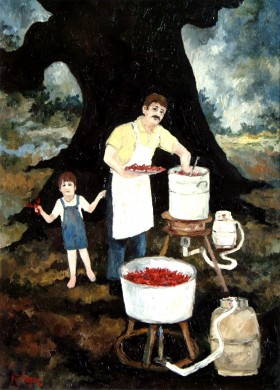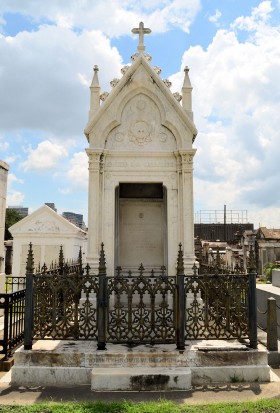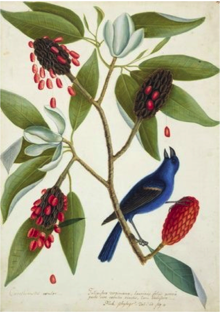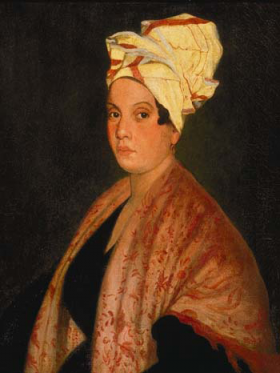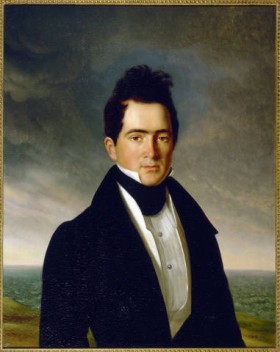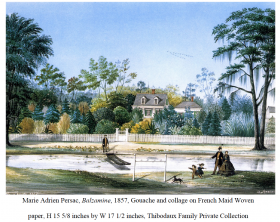The Portraiture of William Frye
William Frye was a quintessential itinerant portraitist working in the nineteenth-century South. A largely unknown name today, Frye was one of the most successful and prolific painters in Antebellum Alabama. Today, more than 140 of his works have been discovered, the majority of which exist in private collections. Because his paintings were primarily passed down …
